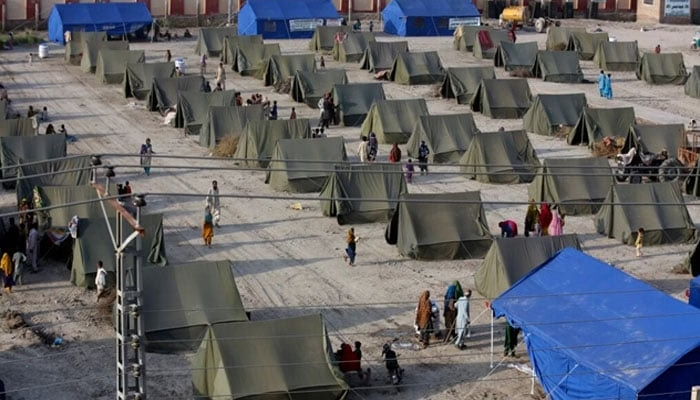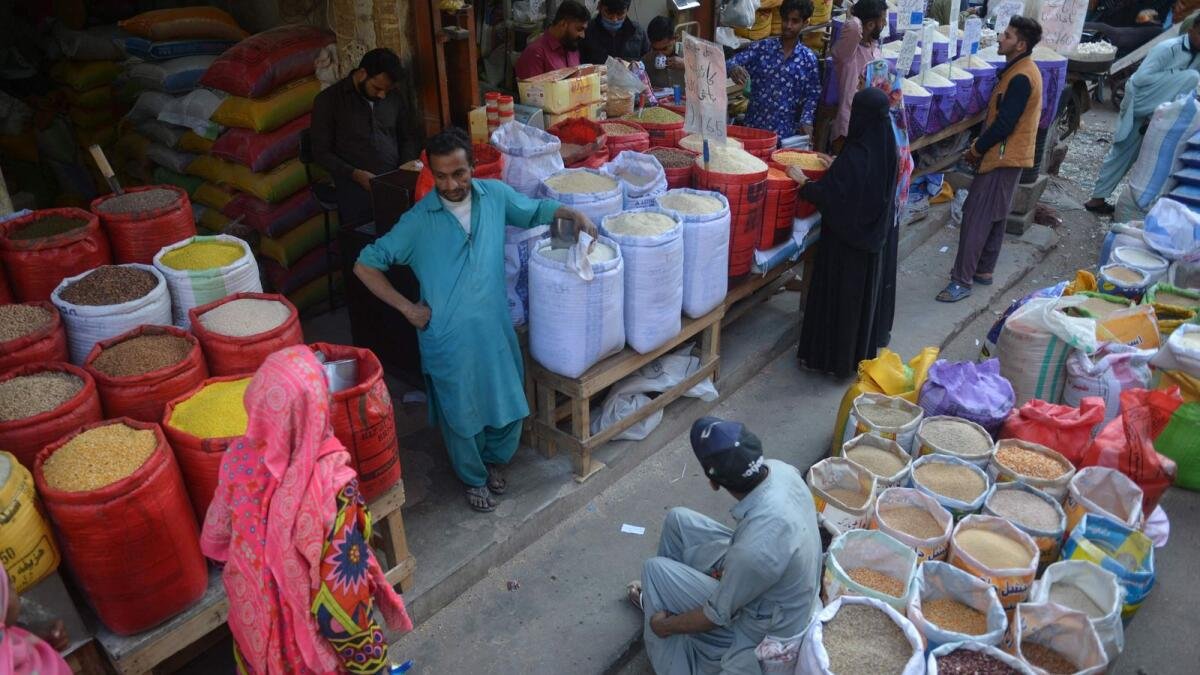In a proactive measure to address the displacement caused by the ongoing anti-terrorism operation in the Bagan area of Kurram, the district administration of Hangu has announced the establishment of a temporary relief camp in the Muhammad Khawaja area. This initiative aims to provide essential support and a secure environment for thousands of families affected by the conflict, underscoring the government’s commitment to peace and rehabilitation.
A Safe Haven for the Displaced
Deputy Commissioner (DC) Hangu, Goharzaman, revealed that the camp will be set up across hundreds of acres of land and will cater to thousands of displaced families. The planned tent settlement will feature:
- Schools to ensure uninterrupted education for children.
- Mosques for spiritual needs and community engagement.
- Basic Health Units (BHU) to provide immediate healthcare services.
The comprehensive setup demonstrates a thoughtful approach to addressing the needs of displaced individuals while promoting a sense of normalcy amidst adversity.
Swift Relief Measures
The Provincial Disaster Management Authority (PDMA) has pledged its full support to the initiative by providing critical resources. Key highlights include:
- 22 trucks of equipment including tents, bedding, and other necessities.
- Four trucks already delivered, enabling the swift commencement of work.
- Immediate action: Construction of the camp has begun, reflecting the urgency of the situation.
This collaboration between the PDMA and the Hangu district administration highlights the importance of coordinated efforts in managing crises effectively.
The Context: Operation Against Terrorism
The need for this relief camp arose after a tragic incident in the Bagan area of Lower Kurram, where a convoy carrying food and essential supplies was attacked. This prompted authorities to launch an anti-terrorism operation to restore peace and security in the region. While the operation is a necessary step towards eliminating threats, it has led to the displacement of many families who now require immediate assistance.
The establishment of the camp not only provides shelter but also reflects the administration’s commitment to safeguarding the well-being of those affected by the conflict.
Comprehensive Facilities for Victims
The temporary camp is designed to offer a range of facilities that prioritize the well-being of displaced families. These include:
- Shelter: Durable tents capable of withstanding varying weather conditions.
- Food and Water: Sufficient supplies to meet the nutritional needs of residents.
- Healthcare: On-site medical assistance to address any health concerns.
- Education: Schools to ensure that children’s learning continues uninterrupted.
- Security: Measures to ensure the safety of all camp residents.
Such provisions are critical in creating a stable and supportive environment for families recovering from the trauma of displacement.
Challenges and Solutions
While the initiative is commendable, several challenges need to be addressed to ensure its success:
- Sustainability: Maintaining the camp’s operations over an extended period requires consistent resources and planning.
- Logistics: Efficiently managing the distribution of supplies and services to a large population.
- Resettlement: Developing a long-term plan for the rehabilitation of displaced families once the situation stabilizes.
The government’s ability to address these challenges will be instrumental in achieving lasting results.
Towards Peace and Stability
DC Hangu emphasized that all necessary facilities will be provided to the displaced families, reflecting the administration’s dedication to peace and stability in the region. The relief camp is more than just a temporary shelter; it symbolizes hope and resilience in the face of adversity.
The operation against terrorists and the establishment of the camp mark significant steps towards restoring peace in Kurram. By prioritizing the well-being of affected families, the government is laying the foundation for a more stable and prosperous future.
A Model for Crisis Management
This initiative serves as a model for crisis management, showcasing the importance of:
- Proactive planning: Anticipating and addressing the needs of displaced populations.
- Collaboration: Leveraging resources and expertise from various government agencies.
- Community support: Involving local stakeholders to ensure the success of relief efforts.
As the camp becomes operational, it will stand as a testament to the power of coordinated efforts in addressing humanitarian crises.
A Call for Continued Support
While the immediate needs of displaced families are being met, continued support from government agencies, humanitarian organizations, and the public will be crucial in ensuring the long-term success of this initiative.



